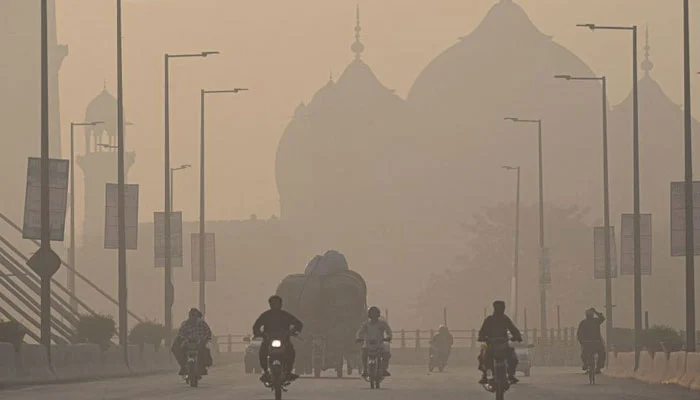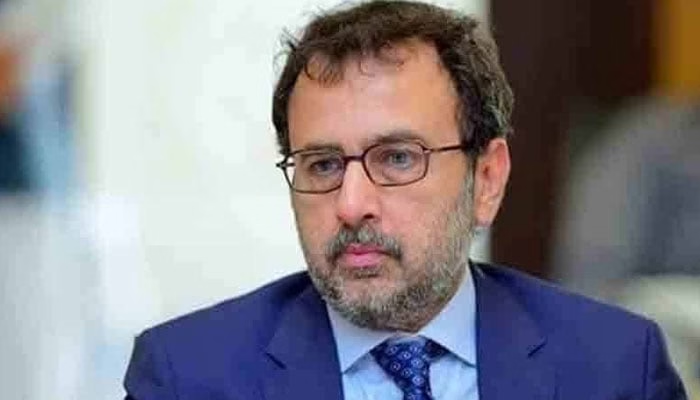After witnessing an improvement in the air quality regarding smog, the Punjab government, led by Chief Minister Usman Buzdar, announced the lifting of restrictions associated with a soft lockdown. The decision was made in a meeting convened to assess the current state of smog in the province.
Chief Minister Usman Buzdar stated that after evaluating the Air Quality Index (AQI) and smog conditions, it was decided not to impose any additional restrictions on public activities. The decision reflects the improved air quality in the region.
The government’s decision brings relief to the residents as markets, bazaars, restaurants, and business centers have been allowed to operate as usual. Additionally, educational institutions are permitted to continue their teaching activities. The provincial government has emphasized that a reassessment of the smog situation will take place next week to ensure ongoing monitoring and appropriate measures.
The move comes after the provincial authorities previously recommended a soft lockdown to control smog by limiting certain activities and gatherings. However, the decision to lift the restrictions indicates a positive shift in the air quality, allowing normalcy to resume.
Furthermore, it was highlighted that official and private schools in Punjab will observe winter vacations from December 18 to January 1. This decision aims to contribute to managing air pollution during the winter season.
Meanwhile, globally, Karachi has climbed to the second position among the world’s most polluted cities, while Lahore has experienced a remarkable decrease in smog levels for consecutive days. In Lahore, the Particulate Matter (PM) count was recorded at 157 at 7 am, signaling a significant reduction in smog, although the air quality is still considered hazardous to health.
The developments underscore the dynamic nature of efforts to address air pollution, with governments closely monitoring air quality indices and adjusting measures accordingly to safeguard public health.



